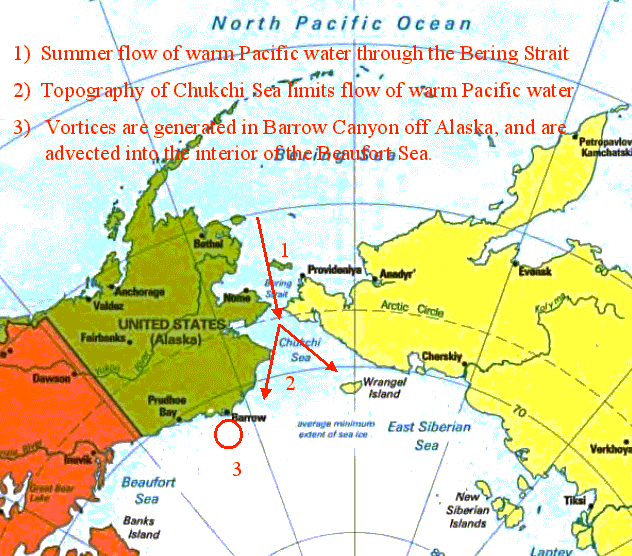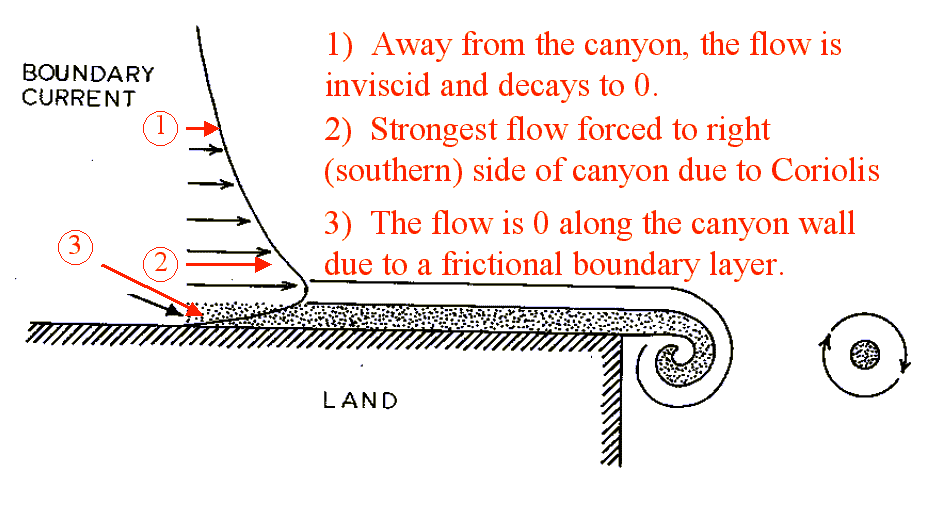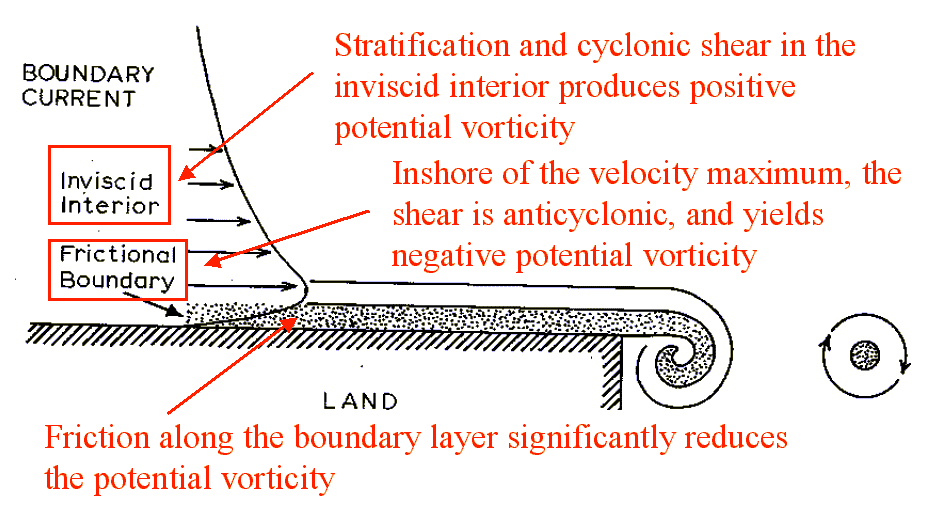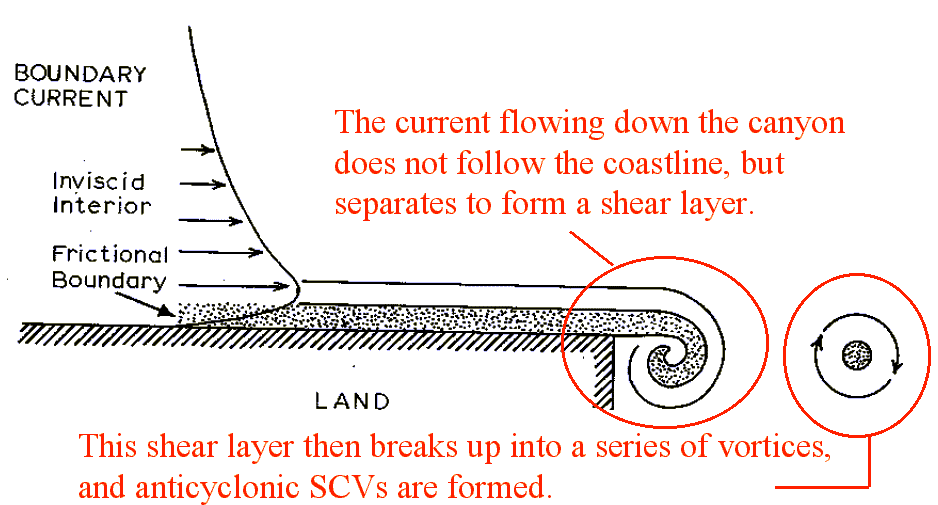
Mesoscale Motion in the Beaufort Gyre
ENS W.C. Blodgett, Jr., USN
A new class of oceanic eddies has been observed in recent years: submesoscale coherent vortices (SCVs).SCVs can be readily characterized as being small, compact, and axisymmetric.They have a strong central vorticity and can attain velocities up to 0.5 m/s.SCVs are capable of transporting a core of water with conserved properties over great distances.Transport length and time scales for these eddies are on the order of thousands of kilometers and years, respectively.While the characteristics of SCVs are not in dispute, the method of their formation remains to be determined.
The Beaufort Sea contains some of the best documented
SCVs in the world.These eddies occur
just north of Alaska.During the
four year Arctic Ice Dynamics Joint Experiment (AIDJEX), over 140 SCVs
were documented in the Beaufort Sea alone.These
SCVs covered 20-30% of the ocean at any given time.CTD
casts revealed that these subsurface features accounted for the variability
in density and velocity below the mixed layer.
Beaufort Sea SCVs are mostly anticyclonic and occur at depths ranging from 50-500m.SCV core water contains different salinity, temperature, nitrate, and silicate values than the surrounding water at the same density.The Beaufort Sea SCVs account for large kinetic and potential energy anomalies in the center of the sea.It is difficult to argue that these mesoscale features occur due to instabilities in a relatively calm region.Because the SCVs are subsurface features and contain densities greater than surface water, one can also discount the possibility of eddy formation due to surface forcing.Therefore, one can deduce that Beaufort Sea SCVs are not created near the location where they are observed.Instead, they must be advected from the arctic edge in to the interior.
One theory on the formation of Beaufort SCVs is that the advection process takes place in the summer as warm Pacific Ocean water permeates through the Bering Strait (Figure 1). As the warm water enters the Chukchi Sea, the shallow topography steers the water into Barrow Canyon.It is here that scientists hypothesize that SCVs are being formed.




Conclusions:
The source water for these vortices have a potential vorticity > 0.
Reduction of potential vorticity by frictional torques occurs in the Chukchi Sea.
Large reductions in potential vorticity occur due to bottom friction.
SCVŪs anticyclonic rotation is produced as the flow shears off the coast of Barrow Point, Alaska.
DíAsaro, E.A., 1988:žGeneration of submesoscale vortices: a new mechanism.ÓJ. Geophys. Res., Vol. 93, 6685-6693.
DíAsaro, E.A., 1988:žObservations
of small eddies in the Beaufort Sea.ÓJ.
Geophys. Res., Vol. 93, 6669-6684.
| This is a government-maintained internet site. Please read the U.S. Navy web page disclaimerand the disclaimer regarding external links. |